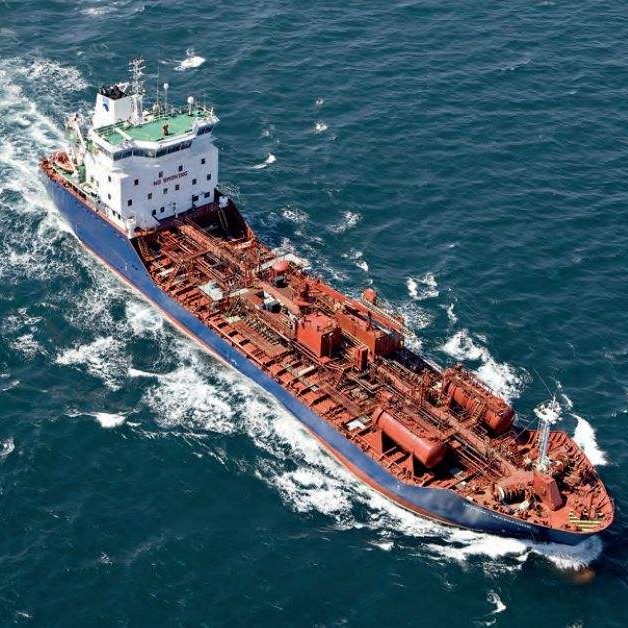
-
 Afrikaans
Afrikaans -
 Albanian
Albanian -
 Amharic
Amharic -
 Arabic
Arabic -
 Armenian
Armenian -
 Azerbaijani
Azerbaijani -
 Basque
Basque -
 Belarusian
Belarusian -
 Bengali
Bengali -
 Bosnian
Bosnian -
 Bulgarian
Bulgarian -
 Catalan
Catalan -
 Cebuano
Cebuano -
 China
China -
 China (Taiwan)
China (Taiwan) -
 Corsican
Corsican -
 Croatian
Croatian -
 Czech
Czech -
 Danish
Danish -
 Dutch
Dutch -
 English
English -
 Esperanto
Esperanto -
 Estonian
Estonian -
 Finnish
Finnish -
 French
French -
 Frisian
Frisian -
 Galician
Galician -
 Georgian
Georgian -
 German
German -
 Greek
Greek -
 Gujarati
Gujarati -
 Haitian Creole
Haitian Creole -
 hausa
hausa -
 hawaiian
hawaiian -
 Hebrew
Hebrew -
 Hindi
Hindi -
 Miao
Miao -
 Hungarian
Hungarian -
 Icelandic
Icelandic -
 igbo
igbo -
 Indonesian
Indonesian -
 irish
irish -
 Italian
Italian -
 Japanese
Japanese -
 Javanese
Javanese -
 Kannada
Kannada -
 kazakh
kazakh -
 Khmer
Khmer -
 Rwandese
Rwandese -
 Korean
Korean -
 Kurdish
Kurdish -
 Kyrgyz
Kyrgyz -
 Lao
Lao -
 Latin
Latin -
 Latvian
Latvian -
 Lithuanian
Lithuanian -
 Luxembourgish
Luxembourgish -
 Macedonian
Macedonian -
 Malgashi
Malgashi -
 Malay
Malay -
 Malayalam
Malayalam -
 Maltese
Maltese -
 Maori
Maori -
 Marathi
Marathi -
 Mongolian
Mongolian -
 Myanmar
Myanmar -
 Nepali
Nepali -
 Norwegian
Norwegian -
 Norwegian
Norwegian -
 Occitan
Occitan -
 Pashto
Pashto -
 Persian
Persian -
 Polish
Polish -
 Portuguese
Portuguese -
 Punjabi
Punjabi -
 Romanian
Romanian -
 Russian
Russian -
 Samoan
Samoan -
 Scottish Gaelic
Scottish Gaelic -
 Serbian
Serbian -
 Sesotho
Sesotho -
 Shona
Shona -
 Sindhi
Sindhi -
 Sinhala
Sinhala -
 Slovak
Slovak -
 Slovenian
Slovenian -
 Somali
Somali -
 Spanish
Spanish -
 Sundanese
Sundanese -
 Swahili
Swahili -
 Swedish
Swedish -
 Tagalog
Tagalog -
 Tajik
Tajik -
 Tamil
Tamil -
 Tatar
Tatar -
 Telugu
Telugu -
 Thai
Thai -
 Turkish
Turkish -
 Turkmen
Turkmen -
 Ukrainian
Ukrainian -
 Urdu
Urdu -
 Uighur
Uighur -
 Uzbek
Uzbek -
 Vietnamese
Vietnamese -
 Welsh
Welsh -
 Bantu
Bantu -
 Yiddish
Yiddish -
 Yoruba
Yoruba -
 Zulu
Zulu
frp mining equipment
The Advancements and Importance of FRP Mining Equipment
In recent years, the mining industry has seen a significant transformation, primarily due to advancements in technology and materials. One of the most notable developments is the increasing use of Fiber Reinforced Polymer (FRP) materials in mining equipment. This innovative approach is revolutionizing the sector, providing a plethora of benefits that improve efficiency, safety, and sustainability.
FRP composites are typically made from a polymer matrix reinforced with fibers, such as glass, carbon, or aramid. These materials possess unique characteristics, including high strength-to-weight ratios, corrosion resistance, and flexibility. In a harsh mining environment, where equipment is continuously exposed to extreme conditions such as abrasive materials, high temperatures, and corrosive chemicals, the durability and resilience of FRP materials make them an ideal choice for various applications in mining operations.
The Advancements and Importance of FRP Mining Equipment
Moreover, the corrosion resistance of FRP is critical in mining applications. Many mining processes involve harsh chemicals and salts that can lead to severe wear and tear on traditional metal equipment. The ability of FRP materials to withstand such corrosive substances ensures a longer lifespan for mining equipment, thereby reducing maintenance costs and downtime associated with equipment failure.
frp mining equipment

Safety is another important aspect where FRP mining equipment excels. The non-conductive properties of FRP materials make them safer to use in environments where electricity and water may come into contact. This characteristic minimizes the risk of electrical hazards, protecting miners and equipment. In addition, the high impact resistance of FRP helps absorb shocks, providing an extra layer of safety for workers who often operate in high-risk environments.
The environmental impact of mining activities is another crucial factor that has come under scrutiny in recent years. As industries move towards more sustainable practices, the adoption of FRP materials can play a significant role in minimizing this impact. The production process of FRP typically requires fewer resources compared to that of traditional materials, and their long service life means that less waste is generated over time. Furthermore, the use of lightweight FRP equipment can lead to reduced fuel consumption and lower greenhouse gas emissions during transportation and operations.
Additionally, innovation in the design and manufacturing of FRP mining equipment continues to advance. With the integration of advanced manufacturing techniques such as 3D printing and computer-aided design (CAD), companies can produce more complex shapes and structures that were previously unattainable with traditional materials. This capability allows for the development of highly specialized equipment tailored to meet the specific needs of various mining operations.
In conclusion, the adoption of FRP mining equipment marks a significant milestone in the evolution of the mining industry. With its lightweight nature, corrosion resistance, safety features, and lower environmental impact, FRP is set to play a pivotal role in enhancing operational efficiency and sustainability in mining operations. As the industry continues to innovate and embrace new technologies, FRP materials will undoubtedly pave the way for a more efficient and safer future in mining.









